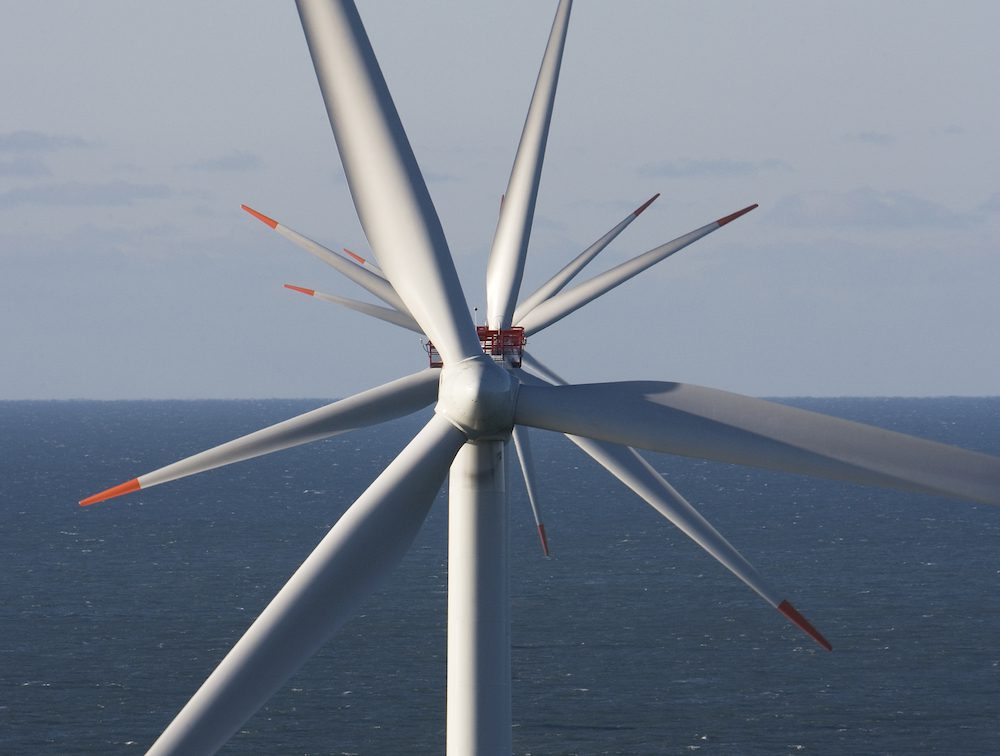Photo credit: Dong Energy
By Jessica Shankleman
(Bloomberg) — Dong Energy A/S, the world’s biggest developer of offshore wind farms, is expanding into Taiwan and the U.S. as it seeks to overcome restrictive European tenders that could be increasing costs.
Denmark’s largest utility is starting environmental studies in Taiwan, where the government has set a target to install 4 gigawatts by 2030. It’s also bought rights to build as much as 2.5 gigawatts off the coast of the U.S., including the 1-gigawatt Bay State Wind Farm off the coast of Massachusetts.
“We prefer markets where we can make a difference by picking the sites ourselves, where we’re not restricted,” Samuel Leupold, executive vice president for wind power, said in an interview at Dong Energy’s office in London.
Danish, Dutch and soon German offshore wind farms are built through a centralized program, in which governments choose a site, the wind farm’s size and provide a grid connection. Only then does it ask companies to bid for a contract.
The model conflicts with Dong Energy’s ambitions to reduce the costs of offshore wind power, which includes a target to reach 100 euros ($145) per megawatt hour by 2020.
“You clearly lose out on one dimension of competition. If you just pick one, you’re not going to find out which is the most cost efficient site,” said Leupold, who added that transmission systems operators have little incentive to bring down costs under the centralized model.
Taiwan in focus
Taiwan by contrast, is following the British model, selecting large development zones in which companies choose and design offshore wind farms, then compete against each other for contracts from the government to build them. Developers will be guaranteed a grid connection and a feed-in tariff for 20 years.
Though China is set to have the biggest growth after 2020, the market isn’t easy to access for European companies such as Dong, particularly while state-owned companies dominate developments, said Leupold.
Almost 500 megawatts of offshore wind is expected to be installed in Taiwan by the end of 2020, according to Bloomberg New Energy Finance. Though the country’s “Thousand Wind Turbines Project” focuses on expanding capacity both onshore and offshore, its large swaths of forest could stand in the way of onshore growth, said Leupold.
Taiwan has wind conditions similar to Europe and “fundamentals extremely in favor of renewables in general,” he said. This includes a plan to decommission its nuclear fleet, dependency on fuel imports and targets to increase the share of offshore wind in its power mix.
“The new government seems even more committed than the old government. We will go right into development work, starting immediately taking us through the next two years,” he said.
© 2016 Bloomberg L.P

 Join The Club
Join The Club











